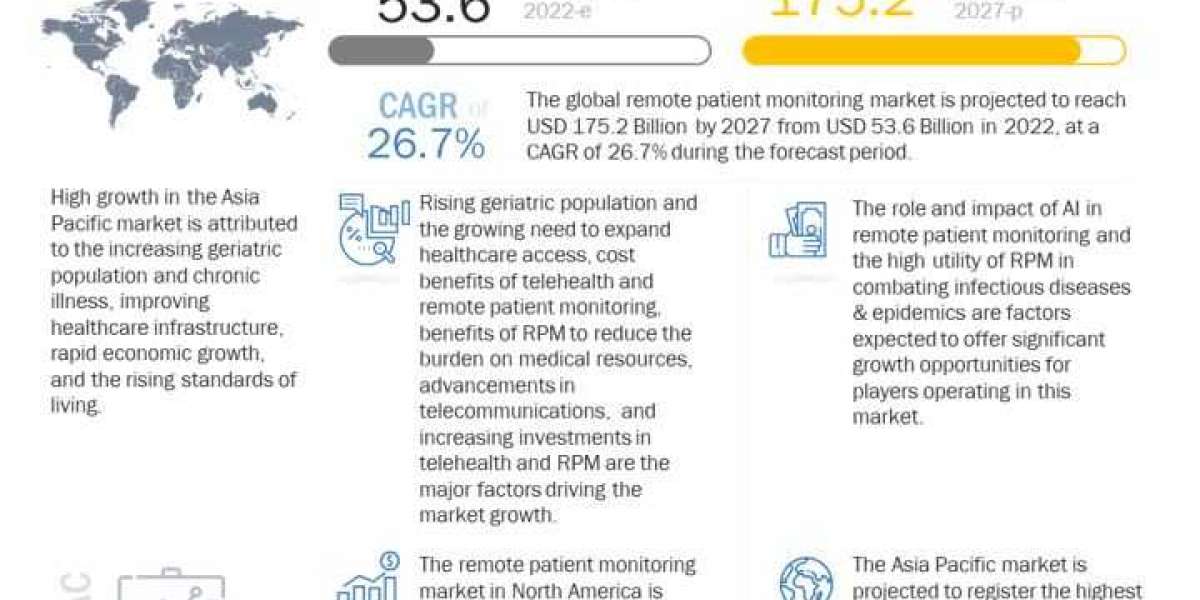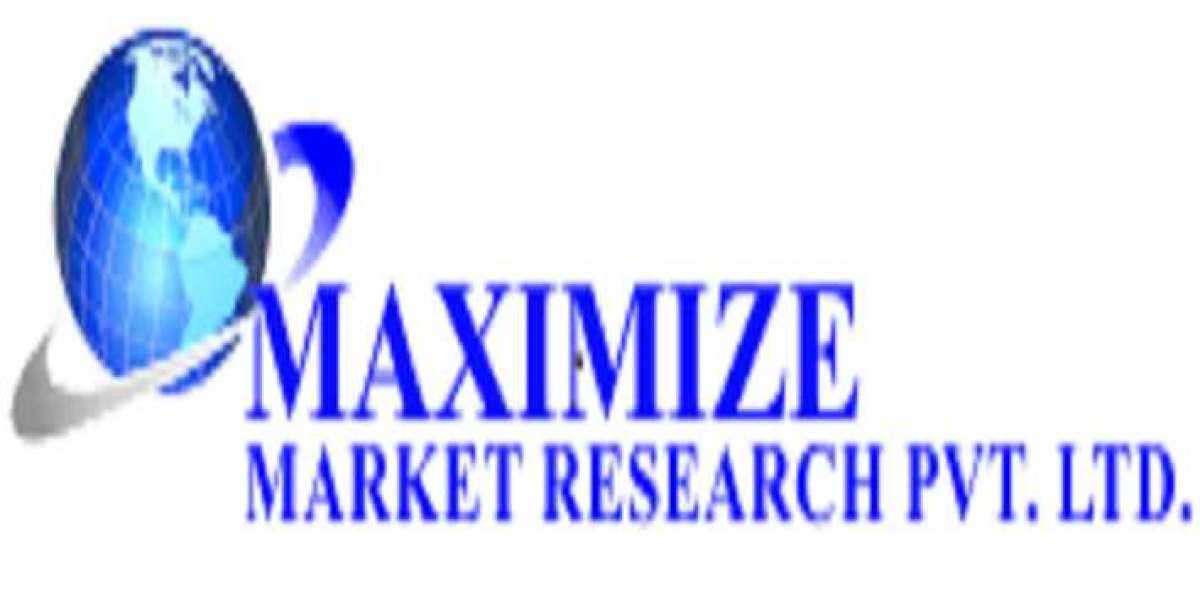The growth of the market is attributed the growing funding initiatives for molecular diagnostics & infectious diseases, and recent launches of INAAT consumables by prominent market players. However, the unfavorable reimbursement scenario for in vitro diagnostic tests is a major factor restraining market growth. The isothermal nucleic acid amplification technology market is expected to grow at a CAGR of 9.2% during the forecast period.
The report Isothermal Nucleic Acid Amplification Technology Market is projected to reach USD 6.8 billion by 2028 from USD 4.4 billion in 2023, at a CAGR of 9.2% during the forecast period.
KEY MARKET DYNAMICS
1 DRIVERS
1 Recent launches of INAAT consumables by prominent market players
2 Growing funding initiatives for molecular diagnostics & infectious disease diagnostics
3 High prevalence of infectious diseases
2 RESTRAINTS
1 Unfavorable reimbursement scenario for in vitro diagnostic tests
3 OPPORTUNITIES
1 INAAT tests as point-of-care tools
2 Start-ups focusing on INAAT
4 CHALLENGES
1 Dominance of PCR
Download PDF Brochure: - https://www.marketsandmarkets.com/pdfdownloadNew.asp?id=839
Market Segmentation
- Based on the product, the INAAT marketis segmented into assay, kits, and reagents, and systems. The assay, kits, and reagents segment accounted for the largest share in 2022.
- Based on technology, the isothermal nucleic acid amplification technology market is segmented into loop-mediated isothermal amplification (LAMP), transcription-mediated amplification (TMA), strand displacement amplification (SDA), nicking enzyme amplification reaction (NEAR), single-primer isothermal amplification (SPIA), and other technologies.
- Based on application, the INAAT market is segmented into infectious disease diagnosis, blood screening, and other applications. The disease diagnosis segment is expected to dominate the market in 2022.
- Based on the end user, the market is divided into hospitals, reference laboratories, academic and research institutes, and other end users. The hospital segment is expected to account for the largest share of the INAAT market in 2022.
Regional Analysis
North America is expected to account for the largest share of the global INAAT market, followed by Europe in 2022. The largest share of the North American market is attributed to the presence of a leading market players, growing burden of infectious diseases and availability of R&D funding for molecular diagnostics.
Request for Sample Pages: - https://www.marketsandmarkets.com/requestsampleNew.asp?id=839
Recent Developments
- In May 2022, Hologic, Inc. (US) received CE marking for two new molecular assays, Panther Fusion EBV Quant Assay and Panther Fusion BKV Quant Assay, expanding its transplant pathogen monitoring menu on the Panther Fusion system.
- In December 2021, Hologic, Inc. (US) launched Panther Trax, which offers full automation to meet high-volume testing demands and will be commercially available in the US, Europe, Canada, Australia, and New Zealand.
- In September 2020, Abbott (US) received approval from Health Canada for the ID NOW rapid COVID-19 testing device for use in Canada.
Top Key Players
The prominent players operating in INAAT market are Grifols, S.A. (Spain), Hologic, Inc. (US), Abbott Laboratories (US), Becton, Dickinson and Company (US), Meridian Bioscience (US), Eiken Chemical Co., Ltd. (Japan), bioMérieux SA (France), Tecan Trading AG (Switzerland), New England Biolabs (US), QIAGEN N.V. (Germany), DiaSorin S.p.A. (Italy), General Electric (US), OptiGene Limited (UK), Quidel Corporation (US), Thermo Fisher Scientific (US), Genomtec (Poland), Mast Group Ltd. (UK), Ustar Biotechnologies (China), Jena Bioscience GmbH (Germany), Atila BioSystems (US), TwistDx Limited (UK), LGC Limited (UK), Life Sciences Advanced Technologies (US), GenoSensor Corporation (US), and PCR Biosystems (UK).
Factors influencing the regional dynamics of the INAAT market include healthcare infrastructure, research funding, disease prevalence, regulatory environment, and the presence of key market players. the market was poised for growth globally, with increasing applications in infectious disease diagnostics, point-of-care testing, and environmental monitoring.



